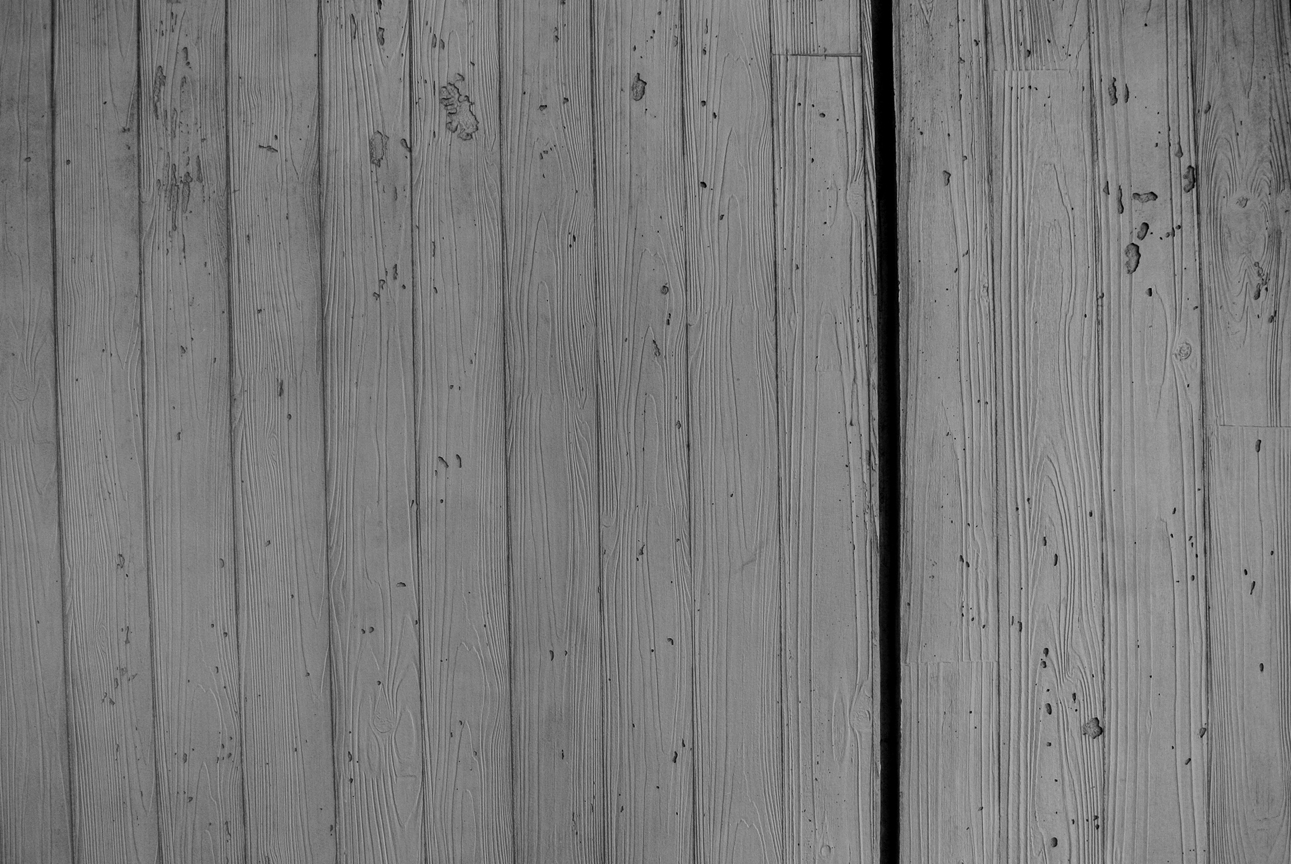I purposely avoided any Kenzo Tange building in Tokyo. I wanted to see the Peace Memorial Museum and Park first, since this was Tange's first work that brought him recognition not only in Japan, but also in the West. Tange introduced a new architectural language to postwar Japan which had been stifled by traditional vocabulary in the prewar period. Unfortunately, the new language exhibited here became almost a cliché for Japan’s postwar Modernism afterward. The master plan, which he was so praised for, cannot be more modernist – the strong axis cutting through the park visually connects the main exhibition hall with the Atomic Bomb Dome Monument (see below). The use of concrete, the flat roof, the rational frame structure, all of it was modern in every way. Nevertheless, Tange is considered one of the most influential architects in Japan’s history - I like to think of him as Le Corbusier of the East. With his monumental designs, constant reinterpretation of tradition and modernity, and his interest in technological expression, Tange played an instrumental role in the development of modern Japanese architecture, and perhaps more importantly, he was critical in the development of the Metabolist movement - the last avant-garde movement in architecture (again, more detailed explanation of Metabolism coming shortly. One thing at a time.). The Peace Memorial Park and Museum clearly show Tange’s fascination with Le Corbusier’s sculptural forms and his grand visions for the modern city. I remember reading that Tange was determined to “try to uncover the secret of [Le Corbusier’s] appeal.” I’m not sure whether he succeeded in his determination here in Hiroshima; however, with the unique blend of Western modernism, Japanese traditions, and a hint of brutalism, he created a building with a very recognizable Japanese identity that certainly appealed to me.




